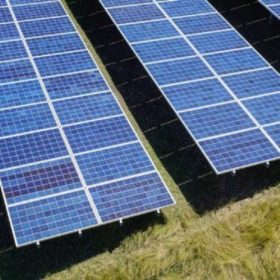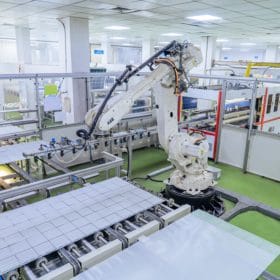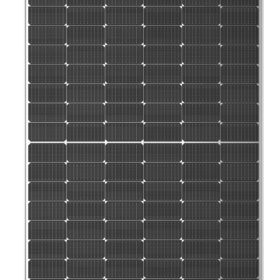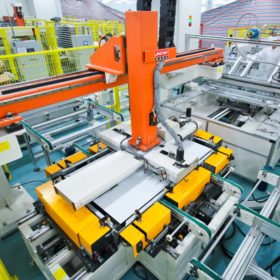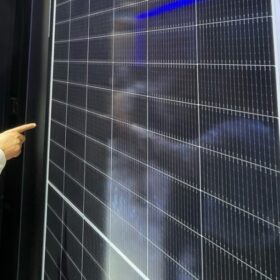Union Budget targets domestic production with 40% solar import duty and boost to manufacturing-linked incentive
The budget presented today by finance minister Nirmala Sitharaman allocates an extra INR19,500 crore (US$2,602 million) to the production-linked incentive scheme for solar and notifies basic customs duty of 40% on foreign-made solar modules and 25% on cells, from April.
MNRE expands ALMM requirement to open-access and net-metering solar projects
Only the solar products and manufacturers making to the Approved List of Models and Manufacturers (ALMM) will now be eligible for open access and net-metering projects—in addition to government-backed projects—installed in the country. These include projects set up for sale of electricity to the Government under Section 63 of Electricity Act, 2003. The amendment shall apply to renewable energy projects which apply for open access or net-metering facility from April 1, 2022.
Investors bet big on renewables while solar takes on coal
Foreign direct investment’s role in bringing in finance, superior technology and other resources is undoubtedly a critical one. The Indian government has tried to create a conducive environment for enabling flow of foreign investments into the solar energy sector in the country, but the norms need to be eased further to really push the industry to its maximum growth potential.
Goldi Solar plans 210mm module production from next year
The Indian solar manufacturer will start producing its HELOC̣ Pro series M10 (182mm) modules from November, and add G12 (210mm) panels to its lineup next year.
Goldi Solar unveils M10 modules
The Indian manufacturer has introduced the HELOC̣ Pro series featuring mono-facial and bifacial modules based on M10 (182mm x 182mm) wafer size.
Goldi Solar supplies 12 MW of modules for a Tamil Nadu project
The Gujarat-based solar panel manufacturer and EPC provider has completed the supply of 72GN polycrystalline modules with peak power output of 335W each for a project installation by Peak Qualish Systems.
India could add 13.75 GW of solar module and 6.9 GW cell capacity by December next year
The government’s renewed efforts to curb solar equipment imports and upscale domestic manufacturing have started bearing fruits. The launch of the production-linked incentive (PLI) Scheme and the imposition of a basic customs duty (BCD) on imports have favored domestic capacity expansion.
China’s Jinchen holds 10 GW of solar production line orders from India
Jinchen Machinery has landed module production equipment orders from leading Indian solar manufacturers. It has already installed 2 GW of production lines and plans to supply the balance within three months. The company will open an India office in Surat, Gujarat.
Goldi Solar to expand manufacturing capacity to 2.5 GW with new facility
The Indian solar panel manufacturer is setting up a 2 GW facility in Surat, increasing its total manufacturing capacity from 500 MW at present to 2.5 GW. The new facility will implement micro-gap module technology (MGMT), and produce high-efficiency mono-facial and bifacial modules with peak power output exceeding 500W and 600W, respectively.
Covid adds to solar manufacturer woes
A pandemic-related sales slump has dealt another blow to domestic panel makers already faced with rising input costs and an expected surge in imports due to the scheduled wind down of safeguarding duties on foreign products from late July.

